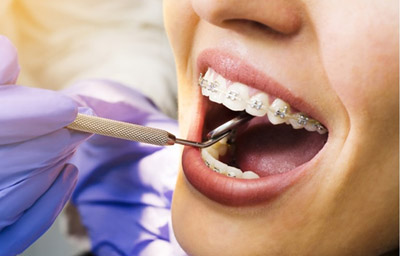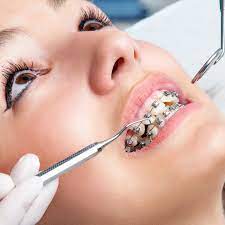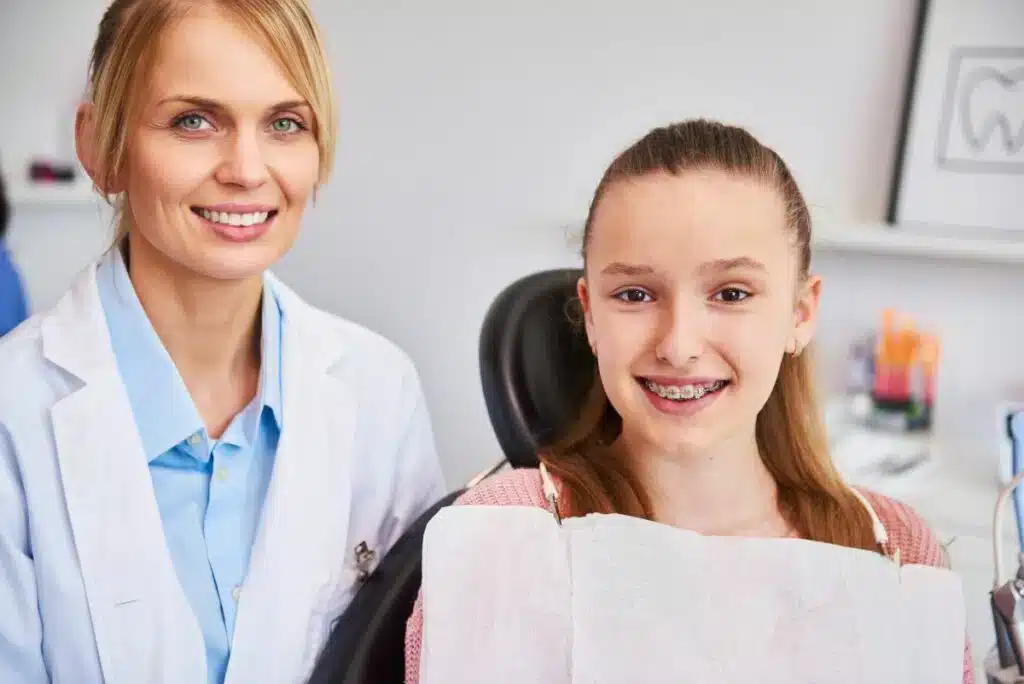The 4-Minute Rule for Causey Orthodontics
Table of ContentsUnknown Facts About Causey Orthodontics8 Easy Facts About Causey Orthodontics ShownThe Ultimate Guide To Causey OrthodonticsExcitement About Causey OrthodonticsA Biased View of Causey Orthodontics
Neglecting occlusal connections, it was common to remove teeth for a variety of oral concerns, such as malalignment or congestion. The idea of an intact teeth was not extensively valued in those days, making bite relationships appear unnecessary. In the late 1800s, the principle of occlusion was crucial for developing trusted prosthetic substitute teeth.As these concepts of prosthetic occlusion proceeded, it came to be a very useful device for dental care. It remained in 1890 that the work and effect of Dr. Edwards H. Angle began to be felt, with his payment to modern orthodontics especially significant. Concentrated on prosthodontics, he instructed in Pennsylvania and Minnesota prior to routing his attention in the direction of oral occlusion and the treatments needed to keep it as a typical problem, hence ending up being recognized as the "dad of modern-day orthodontics".

The principle of optimal occlusion, as postulated by Angle and incorporated into a category system, allowed a shift towards dealing with malocclusion, which is any type of variance from normal occlusion. Having a full collection of teeth on both arches was extremely demanded in orthodontic treatment due to the requirement for precise connections in between them.
The Ultimate Guide To Causey Orthodontics
As occlusion came to be the essential top priority, facial percentages and appearances were overlooked - best orthodontist. To attain optimal occlusals without making use of external forces, Angle proposed that having perfect occlusion was the ideal way to get optimum face visual appeals. With the passing away of time, it became rather apparent that even an outstanding occlusion was not appropriate when considered from a visual factor of sight
It became obvious that orthodontic treatment can change mandibular advancement, resulting in the formation of useful jaw orthopedics in Europe and extraoral force steps in the United States. These days, both practical appliances and extraoral tools are used around the world with the goal of modifying growth patterns and types. Consequently, seeking true, or at least improved, jaw partnerships had come to be the primary objective of therapy by the mid-20th century.
The Buzz on Causey Orthodontics
 Until the mid-1970s, braces were made by covering steel around each tooth. https://network-946571.mn.co/members/27061031., it became feasible to rather bond steel brackets to the teeth.
Until the mid-1970s, braces were made by covering steel around each tooth. https://network-946571.mn.co/members/27061031., it became feasible to rather bond steel brackets to the teeth.This has had significant impacts on orthodontic therapies that are provided on a regular basis, and these are: 1. Right interarchal connections 2. Right crown angulation (idea) 3.
The advantage of the style exists in its brace and archwire combination, which needs just very little cable flexing from the orthodontist or medical professional (orthodontist services). It's appropriately called after this function: the angle of the slot and thickness of the bracket base ultimately figure out where each tooth is positioned with little demand for added adjustment
Causey Orthodontics Things To Know Before You Get This
Both of these systems used the same brackets for every tooth and necessitated the flexing of an archwire in 3 planes for situating teeth in their wanted settings, with these bends determining ultimate placements. When it concerns orthodontic appliances, they are separated right into two kinds: detachable and taken care of. Removable devices can be tackled and off by the client as required.

Thus, nearly all contemporary fixed devices can be thought about variations on this edgewise device system. Early 20th-century orthodontist Edward Angle made a major payment to the world of dentistry. He produced four distinctive device systems that have actually been made use of as the basis for lots of orthodontic treatments today, preventing a few exemptions.
The Best Strategy To Use For Causey Orthodontics

The cable finished in a thread, and to move it forward, an adjustable nut was used, which permitted a boost in area. By ligation, each private tooth was connected to this expansive archwire (orthodontist near me). Because of its minimal series of movement, Angle was incapable to achieve accurate tooth positioning with an E-arch
These tubes held a firm pin, which could be rearranged at each consultation in order to move them in position. Called the "bone-growing home appliance", this contraption was supposed to motivate much healthier bone growth as a result of its possibility for transferring pressure directly to the origins. Executing it confirmed troublesome in truth.